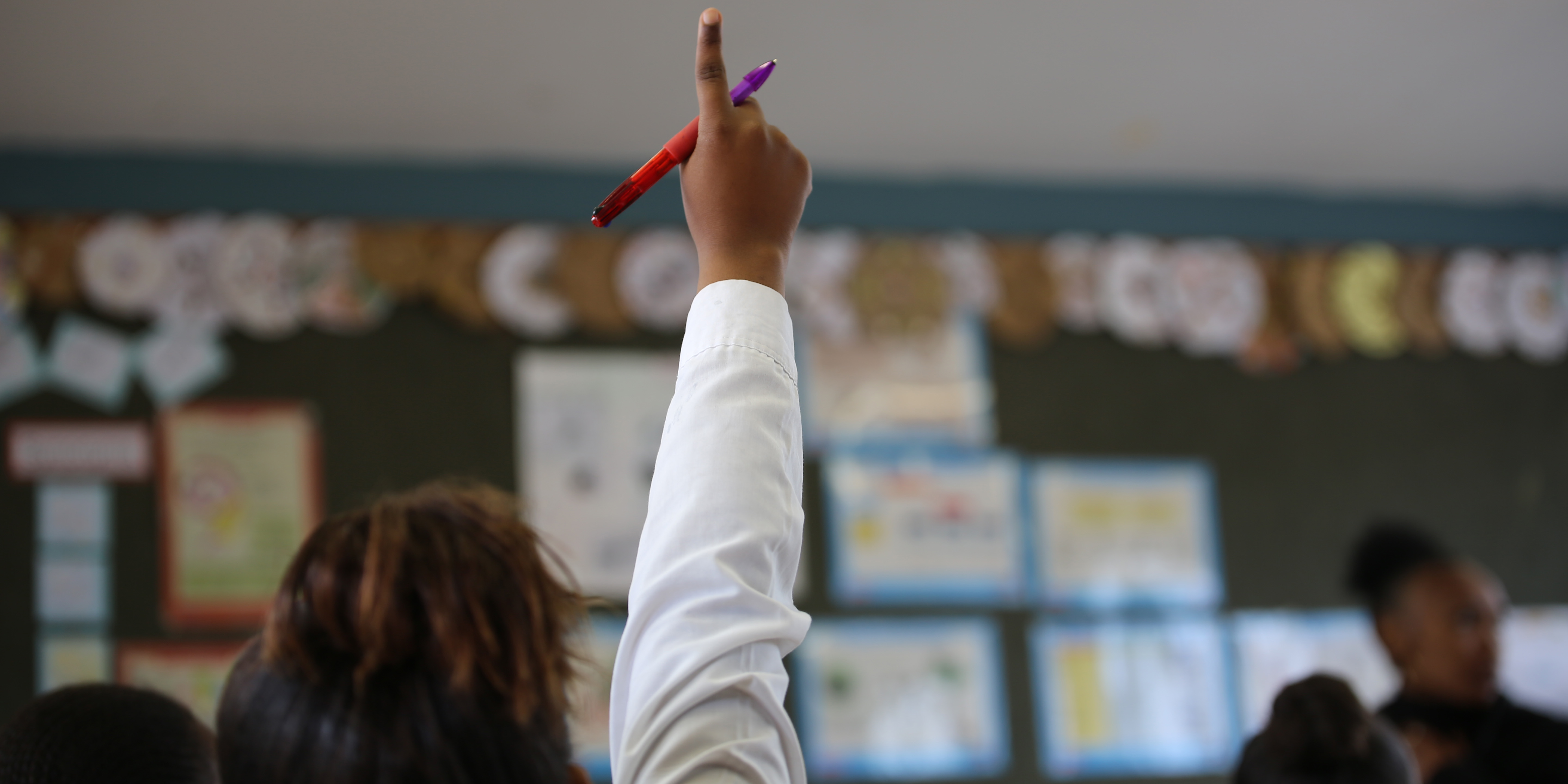According to an economic bulletin from the South African Reserve Bank, school fee increases in South Africa have, on average, been roughly 2.6% above inflation every year since 2012, aside from 2021. The second annual DebtBusters Money-Stress Tracker survey last year revealed that payment of school fees is a top money-stress factor for South Africans, coming out ahead of inflation and interest rates.
Shaheed Mohamed, the head of group savings and investments at Allan Gray, points out that millions of parents rely purely on their salaries to pay for their children’s education.
“We absorb the cost from month to month, tweaking our budgets to accommodate the ever-increasing expense. But the problem with this is that the cost of education typically grows at a higher rate than the average salary and inflation in general, which means that over time a greater portion of your salary will have to be set aside for your children’s education,” he warns.
Yashika Rambujan, First National Bank private banking regional head for KZN, says families often overlook the fact that school fees are a long-term financial commitment, which can place significant pressure on household cash flow if not properly planned for.
“For an average household with two kids in school, annual tuition fees, including boarding could easily mount up to R800,000 at top private schools,” she says. Rambujan advises families to think long term and start making provision for private schooling as early as possible, to ensure they can sustain the fees.
“If you do have cash readily available, it would be advisable to invest it and use the returns to lower the overall cost of private schooling,” she says.
Mohamed adds that if you plan to send your children abroad to study, it would be a good idea to actively invest offshore. “Costs are likely to be more palatable if you are saving and spending in the same currency,” he says.
According to cross-border specialist Sable International, an average of 11,000 South Africans study overseas each year, with reports indicating that college tuition fees in the US are between R587,800 and to R1.1-million a year. The UK could cost anything between R259,000 and R698,000 a year. And these numbers exclude the average cost of living.
Mohamed advocates these five tips to make sure your investment grows to match your needs:
1. Start saving as soon as your children are born
You may be able to initially afford to pay for your child’s school fees out of your salary, but you may not be in the same position when they reach high school or university. Allan Gray research suggests that you could reduce the impact of high school and university education costs by more than 45% if you invest when your child is born, and only withdraw when they start high school, as per Table 1 below.
The research finds that delaying investing in your child’s education until your child is six years old, for example, reduces the cost of education by just 11%. This shows that the earlier you start investing, the greater the impact on the education costs.
Table 1: The sooner you start saving for your child’s education, the greater the impact on education costs
2. Take advantage of time – investing is a long-term journey
The length of time over which you make contributions will be increased the sooner you start, and this also means more time to benefit from the magic of compounding — earning returns today on the returns you earned yesterday.
There are many investment accounts and policies available to save for your child’s education, including education policies, unit trusts, tax-free investment accounts and endowments. The challenge for many parents is taking the first step. Once you commit to a debit order, the investment will take care of itself.
3. Aim for real returns to beat inflation
Education inflation typically exceeds headline inflation. This means that your education investments need to deliver a real (above-inflation) return. Mohamed says this means you will need some exposure to higher-risk assets like equities, which have historically delivered stronger returns than other asset classes. However, how much risk you can take on will depend on your time frame and risk appetite.
4. Avoid credit if you can
The negative implication of “pay-as-you-go” education is that you will have no capital saved up for your child’s future studies. This means you may be forced to apply for credit, which can be prohibitively expensive if you get an unsecured personal loan. The effects of compounding, which work for you when investing, work against you when you have accumulated debt.
5. Consider the impact of currency
If you are going to be spending on tuition and living expenses in foreign currency, it is useful to understand the profound effect exchange rates have on the returns of international investments — and your overall budget. If you are paying fees in dollars and the rand drops by 10% against the dollar overnight, your fee bill will be 10% heftier in rands. A well-diversified offshore investment portfolio can help protect you against these fluctuations. DM




 (Source: Allan Gray research)
(Source: Allan Gray research) 
